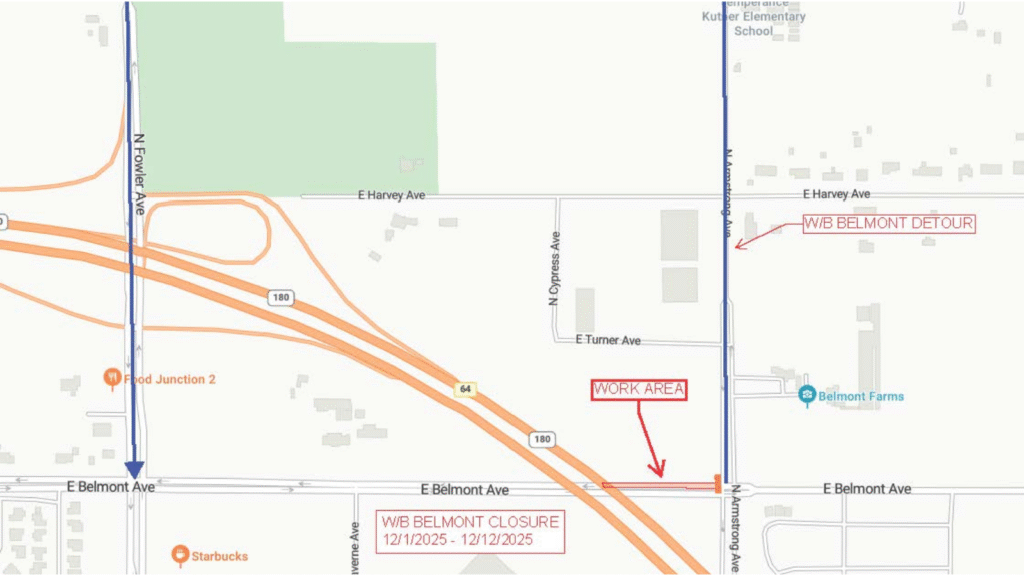Share
They say you get what you pay for, but when it comes to affordable housing, wealthy Southern California cities are paying to get almost nothing. And that’s exactly the way they want it.
Between 2013 and 2021, the state of California allocated the city of Newport Beach a total of two units of affordable housing, defined by the state as low- or very low-income. The state gave Lake Forest, a city of similar size and population, 1,097 units.

By Nigel Duara
CalMatters
The state allocated the city of Beverly Hills three units. It allocated Coachella, in the Inland Empire, 2,614.
The disparity was highlighted in a scathing report by the state auditor’s office as one of many flaws contributing to California’s affordable housing crisis. Researchers and auditors say the state’s approach to financing and planning housing units is uncoordinated and ineffective, and one way rich cities have been able to build far less affordable housing units than their inland and less-wealthy counterparts is to lobby during the planning stages. It’s a crucial step because once local jurisdictions receive their allocation of housing units, they must make a plan to build them.
Now, as the state’s regional housing commissions prepare for a new allocation process intended to more equitably distribute housing units, the system is already being tested. An appeals process is set to start in early January and wealthy communities have already lined up to plead their case.
For the most recent cycle, Newport Beach was allocated 4,834 units. The city wants that number down to 2,426 units on appeal.
Cities Lobby Over True Housing Needs
Affordable housing allocation “numbers are not true ‘housing needs’ — they are the results of a political process where cities lobby and, often, fight to keep their numbers low,” wrote UCLA researchers in a policy brief published last year.
“That’s why Beverly Hills, which is no one’s idea of affordable, was famously determined to ‘need’ only three new units of income-restricted housing between 2013 and 2021, while other similarly sized cities and much more affordable cities were determined to ‘need’ hundreds of units.”
Or, in some cases, thousands.
Other factors are certainly at play: It’s cheaper to build or buy housing in Coachella and Lake Forest than it is in Beverly Hills and Newport Beach. But there are also reasons it makes more sense to build or buy affordable housing in wealthy cities, beginning with their proximity to transit and jobs – along with a lack of affordable housing.
“I think what the audit is saying is that there’s a problem with the discrepancy in how the previous allocations played out for various cities,” said Gayle Ackerman, director of community development in Lake Forest. “They’re using a completely different formula now.”
The fifth cycle of the Regional Housing Needs Allocation began in 2011 with ominously-titled briefs like “Mission Impossible?” and “Where Will Our Children Live?” Those questions remain in the upcoming sixth cycle, which runs from 2021-2029.
Pronounced by policy wonks as “REE’-nah,” the RHNA process is an eight-year cycle that takes into account a host of factors to determine regional housing needs, including population, employment and household growth. Those are then passed down to regional associations, which make final determinations of housing allocations. Then comes the appeals process.
New Cycle Begins
Once again, at least in Southern California, cities that are wealthier than the median California municipality lead the way in the appeals process for the coming RHNA allocation, the state’s sixth cycle.
Even poorer cities on the list come with some caveats. The city of Santa Ana, the seat of Orange County and one of the poorest cities on the appeals list, didn’t file its own appeal of the RHNA numbers. Instead, the wealthier cities of Irvine, Newport Beach, Garden Grove and Yorba Linda filed appeals on its behalf.
Kome Ajise, the executive director of the Southern California Association of Governments, or SCAG, at first denied that lobbying played a role in the allocation process during an interview with CalMatters. For instance, he said, no appeals were granted during the previous housing allocation formula, the one that ended with Beverly Hills and Newport Beach receiving fewer than four units each.
But Ajise did say that “input” from cities played a role in the process.
Paavo Monkkonen, associate professor of urban planning and public policy at the UCLA Luskin School of Public Affairs co-authored a paper arguing for a wholesale reorganization of the process, removing the focus on vacant and underutilized land in favor of rezoning in places where people can easily get to jobs and transit. He also co-authored the UCLA policy brief on lobbying in the RHNA process.
“The cynical interpretation is that they frame local input as a ‘technical process’ (that happens to end up with a result that satisfies the preferences of rich NIMBY cities) as a way to distract from criticism,” Monkkonen said in an email. “Whatever term you use, the result goes against the goals of state housing law, all the lofty rhetoric of SCAG itself about sustainability, and basic social equity.”
Density Housing Challenges
For the upcoming cycle, Newport Beach appealed its allocation based on three factors available: a failure of the methodology, a failure to consider local planning factors — like zoning — or unforeseen changes in circumstance, like the ongoing pandemic.
The city contends that the allocation process failed to take into account that more than 60% of the city is on the coast, and subject to the California Coastal Commission, which makes rezoning for density housing difficult. When the city tried to issue a 1,375-unit development plan for the 400-acre wetlands area called the Banning Ranch in 2012, the coastal commission nixed it four years later because of potential impact to sensitive habitat.
“While SCAG is permitted to consider Newport Beach’s ability to change its zoning, it cannot require members to violate other laws to do so,” the city said in its appeal letter.
Not so fast, replied the Orange County-based Public Law Center.
“The areas affected by these factors are extremely limited and leaves a vast area available
for future development,” wrote attorneys for the nonprofit law center. “The city is not responsible for obtaining land to develop its assigned RHNA allocation, but simply must identify areas for future housing opportunity.
“Therefore, SCAG should encourage the city to look at current developments’ future use and not grant the city’s appeal on this basis.”
The formula for the last cycle led to more rural and less urban housing allocations, which led unincorporated Riverside County to receive an allocation of more than 30,000 housing units. The county rezoned 1,000 land parcels into high-density residential land, but no developments even applied to build on that land, the county said in its appeal letter of the new RHNA allocation.
The new formula skews toward more urban, with a focus on proximity to public transit — also part of a climate goal. Whether that ultimately leads to more affordable housing in Newport Beach and Beverly Hills remains to be seen.
This article is part of the California Divide, a collaboration among newsrooms examining income inequality and economic survival in California.
About the Author
Nigel Duara joined CalMatters in 2020 as a Los Angeles-based reporter covering poverty and inequality issues for our California Divide collaboration.
[activecampaign form=19]RELATED TOPICS:
Categories

Gaza Death Toll Tops 70,000, Health Ministry Says


















